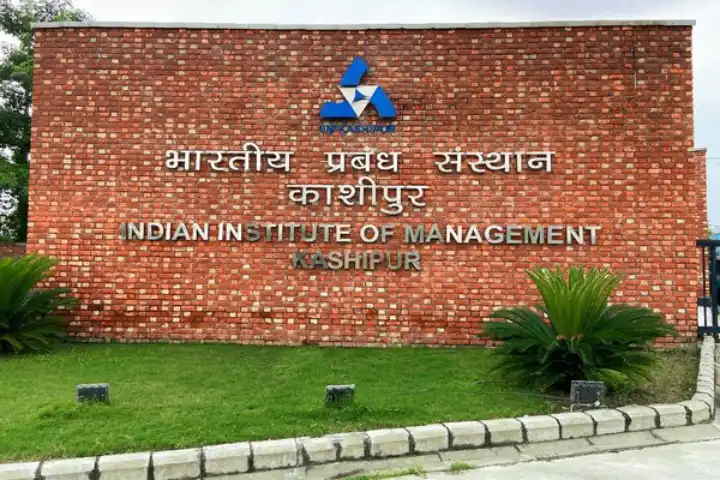

Indian Institute of Management, Kashipur (Image: IIM Kashipur)
The central government’s push for millet crop has increased the yearly income of 75 per cent of the millet farmers between 10 per cent to 20 per cent in Uttarakhand, revealed a study conducted on over 2,100 farmers by Indian Institute of Management, Kashipur.
As per the IIM Kashipur study, the six-month-long study conducted by four senior professors and five data collectors, “Millet Production in Uttarakhand: An Empirical Analysis of its Socio-Economic Impact and Marketability Challenges” was recently released at the premises of the premier management institute.
The International Year of Millet 2023 has played a role in raising awareness about millet as a sustainable crop worldwide and increased the demand for millet-based products both nationally and globally.
The study found that the recent push by both the Centre and the State created a demand for millet crops in the market but the farmers were unaware of it. Besides, they found most farmers are growing Millets for self-consumption instead of earning a profit.
“Most of the farmers growing millets for self-consumption and are not using it as a money crop like rice and wheat,” said assistant professor Shivam Rai of the IIM Kashipur, the Principal Investigator of the study.
Apart from Shivam Rai, the co-investigators of the study are Dr Deepak Sangroya and Dr Gaurav Kabra, Associate Professors at OP Jindal Global Business School and Dr Nishant Singh Assistant Professor at Bennett University.
The study was funded by the Indian Council of Social Science Research.
“The study reveals that the government schemes designed to support the Millet farmers are becoming futile because of the communication gap and the language barrier. Millets are a sustainable crop which is not only nutritious, and healthy but also easy to store and doesn’t damage the soil,” said Professor Rai.
The study was conducted to address the marketability challenges of millet production and identify effective strategies to increase its economic presence. The sample size for the survey was collected from the major hilly regions of the state such as Pithoragarh, Joshimath, Rudra Prayag, Chamoli and others.
Millets are considered the staple food for the local community, enhancing their food security and nutrition by reducing their dependence on other cereal crops.
The individuals part of the study believe their work will aid in devising strategies for improving the livelihoods of producers and the supply-value demand of millet.
India produces all the nine commonly known traditional millets viz. Sorghum, Pearl Millet, Finger Millet, Foxtail Millet, Proso Millet, Little Millet, Barnyard Millet, Browntop Millet and Kodo Millet.
The government of India under Prime Minister Narendra Modi spearheaded the United Nations General Assembly (UNGA) resolution for declaring the year 2023 as the International Year of Millets and the proposal of India was supported by 72 countries.
Millet is a common term for categorizing small-seeded grasses that are often called Nutri-cereals. Most of the states in India grow one or more millet crop species. Rajasthan, Uttar Pradesh, Haryana, Gujarat, Madhya Pradesh, Maharashtra, Karnataka, Tamil Nadu, Andhra Pradesh, and Telangana are the major millets producing states.
India has summoned Pakistan's top diplomat in Delhi, Saad Ahmad Warraich, and handed over the…
The Chinese Foreign Ministry spokesperson Guo Jiakun has condemned the terrorist attack in Jammu and…
The Ministry of External Affairs briefed mediapersons on Wednesday about the slew of measures announced…
Prime Minister Narendra Modi chaired a meeting of the Cabinet Committee on Security (CCS) on…
US Vice President JD Vance on Wednesday called Prime Minister Narendra Modi and strongly condemned…
The countries of the Arab world have united in their stance against the heinous terror…